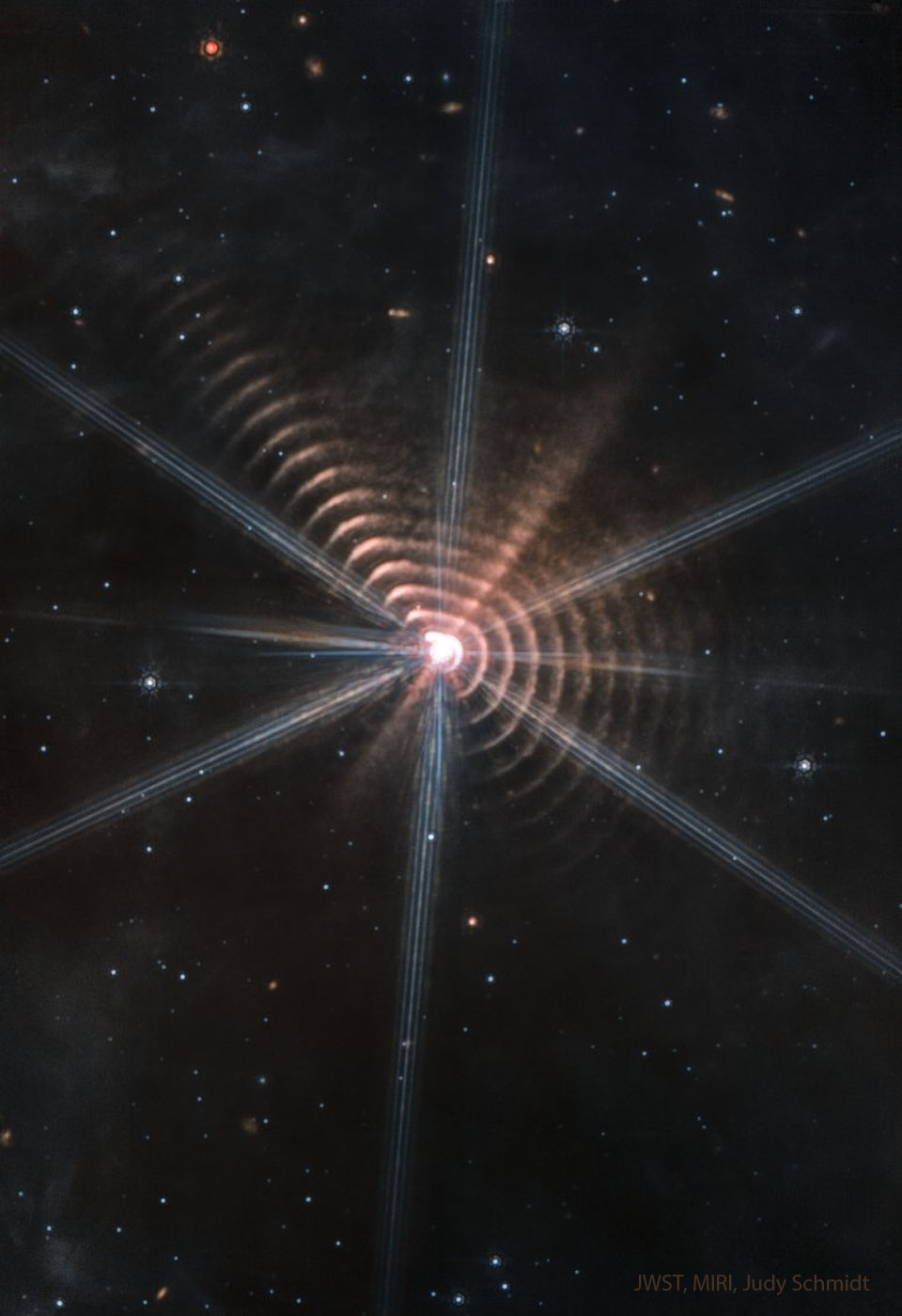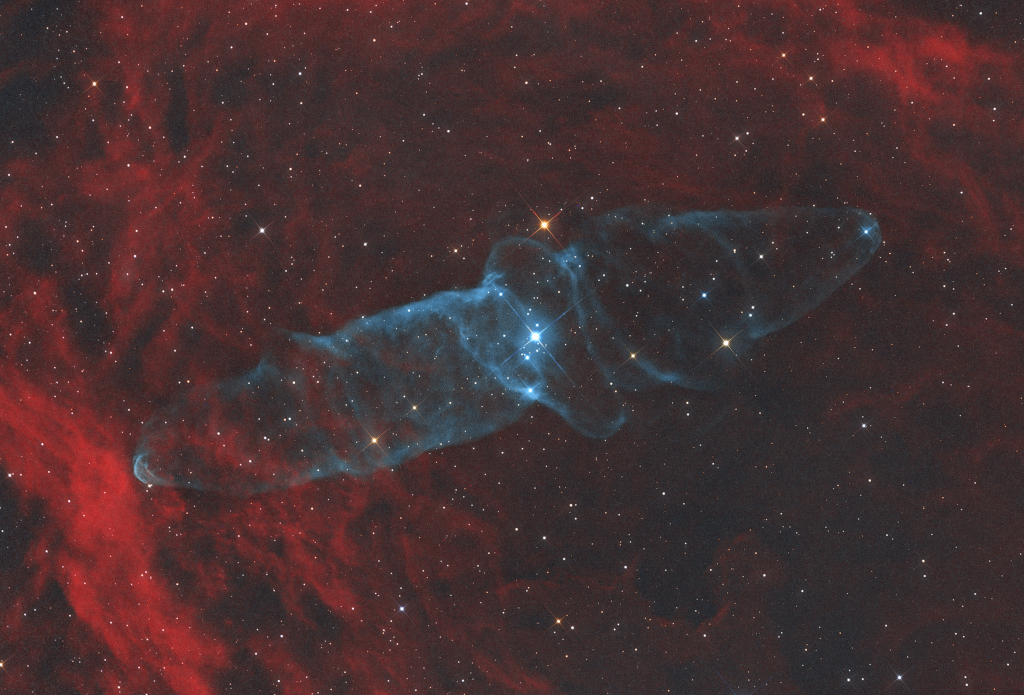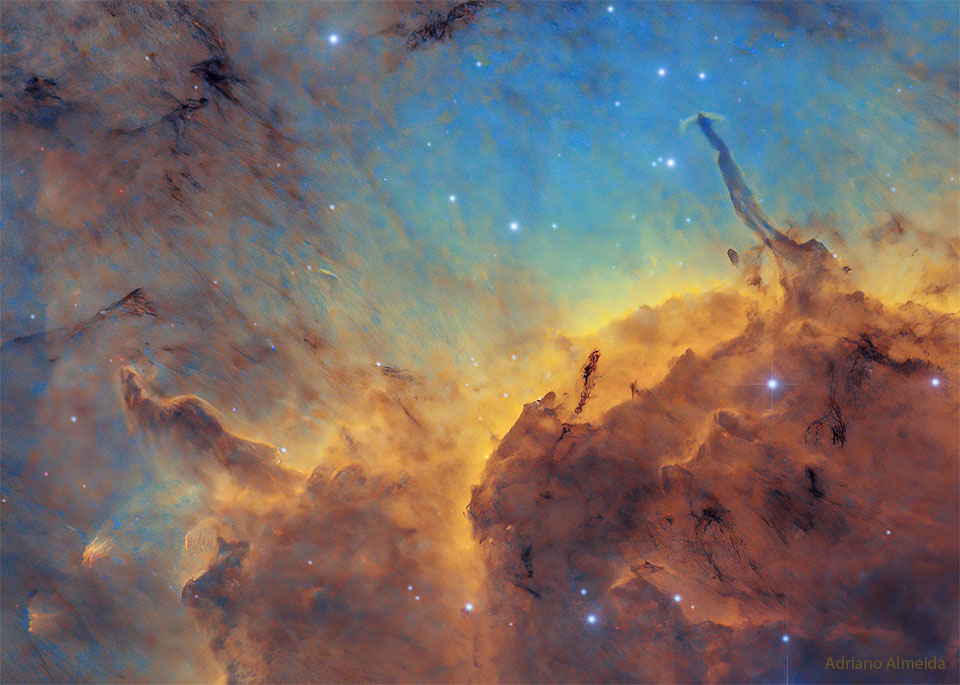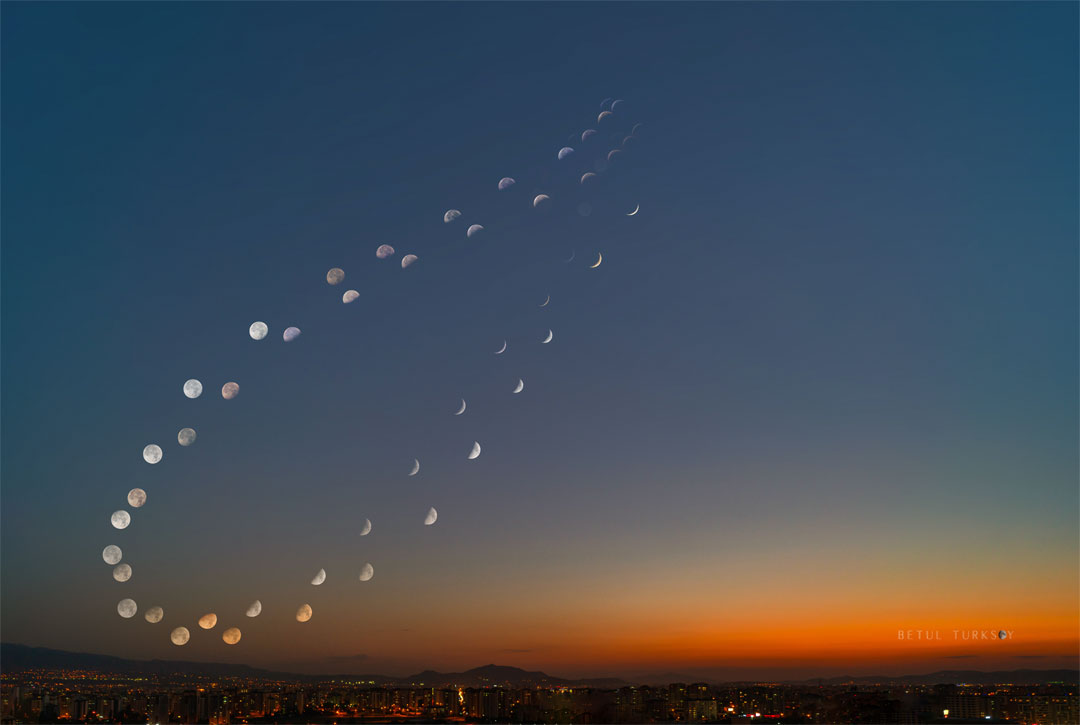
Dust Shells around WR 140 from Webb


NASA has selected two companies – Kongsberg Satellite Services (KSAT) USA of Denver and SpaceLink Corporation of McLean, Virginia – to develop capability studies to explore and demonstrate communications and navigation services in support of Artemis missions to the Moon.
from NASA https://ift.tt/zkWEOH1
via IFTTT


NASA will provide live coverage of the upcoming return activities for the agency’s SpaceX Crew-4 mission to the International Space Station.
from NASA https://ift.tt/L3HCkby
via IFTTT
El análisis de los datos obtenidos en las últimas dos semanas por el equipo de investigación de la Prueba de redireccionamiento del asteroide doble (DART, por sus siglas en inglés) de la NASA muestra que el impacto cinético de la nave espacial contra su asteroide objetivo, Dimorphos, alteró con éxito la órbita del asteroide. Esto marca la primera v
from NASA https://ift.tt/RsTW2qh
via IFTTT
Analysis of data obtained over the past two weeks by NASA’s Double Asteroid Redirection Test (DART) investigation team shows the spacecraft’s kinetic impact with its target asteroid, Dimorphos, successfully altered the asteroid’s orbit. This marks humanity’s first time purposely changing the motion of a celestial object and the first full-scale dem
from NASA https://ift.tt/kJX6hOL
via IFTTT


